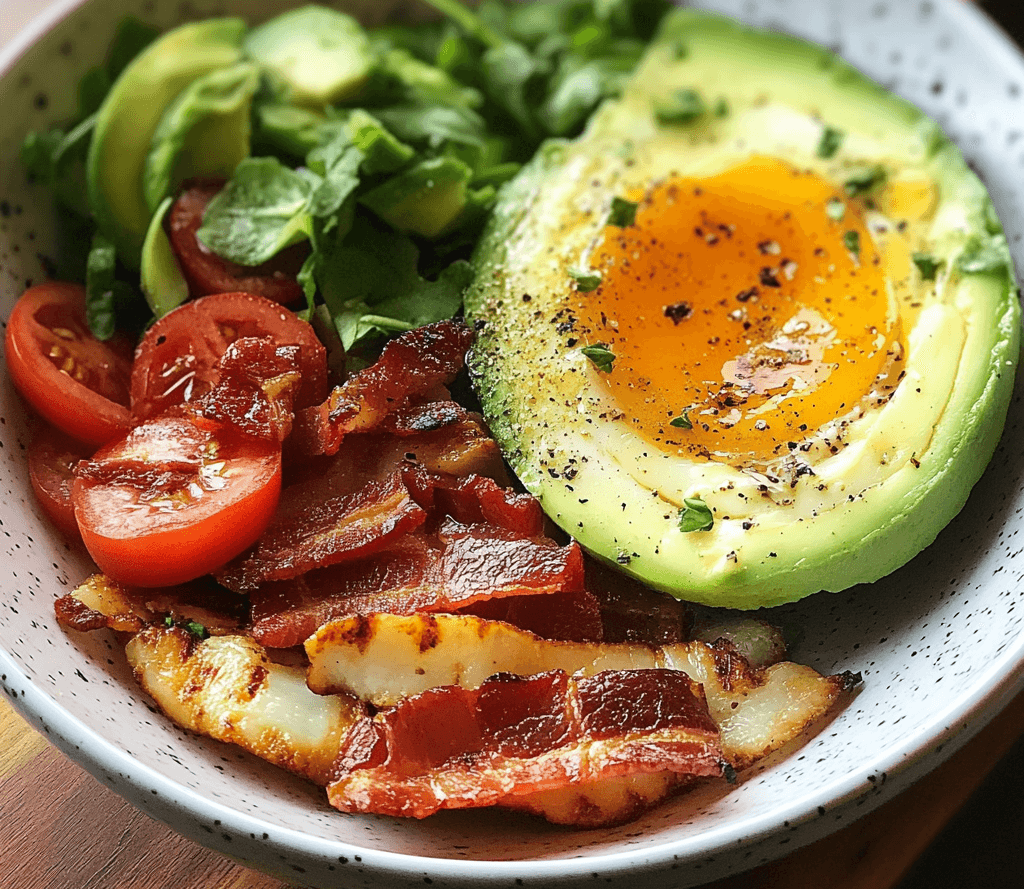The ketogenic diet, or keto diet, has become immensely popular in recent years, with people raving about its ability to help with weight loss, mental clarity, and even increased energy levels. But for beginners, it can be confusing to navigate the world of high-fat, low-carb eating. To simplify things, let’s break down the basic rules of the keto diet and provide you with the guidance needed to get started.
Introduction to the Keto Diet
The keto diet has become one of the most popular diets in the world today. But what exactly is it, and why has it gained so much attention? Simply put, the keto diet is a high-fat, low-carb eating plan designed to force your body into a state of ketosis, where it burns fat for energy instead of carbohydrates. This approach to eating has been praised for its potential benefits, including weight loss, mental clarity, and improved energy levels.
While the keto diet has recently surged in popularity, it’s not new. Originally developed in the 1920s to treat epilepsy, the keto diet has been studied extensively, and modern adaptations have made it a go-to choice for those seeking a healthier lifestyle.
How the Keto Diet Works
At its core, the keto diet shifts the body’s energy source. Normally, your body relies on glucose (sugar) from carbohydrates for fuel. But by reducing carb intake to a minimum and increasing fat consumption, your body enters a metabolic state called ketosis, where fat is burned for energy instead of carbs. This process has numerous health benefits, especially for those seeking to shed body fat or manage certain health conditions like type 2 diabetes.
Basic Rules of the Keto Diet
To succeed on the keto diet, it’s crucial to follow some basic guidelines. These simple rules will help ensure your body stays in ketosis and reaps the full benefits of this unique approach to eating.

1: Low Carbohydrate Intake
The cornerstone of the keto diet is drastically reducing your carbohydrate intake. On a typical keto plan, carbs should make up about 5-10% of your daily caloric intake. This translates to approximately 20-50 grams of net carbs per day. Net carbs are calculated by subtracting fiber from the total carbohydrates in a food item. Keeping carbs low is essential to maintaining ketosis.
Rule 2: High Fat Consumption
The keto diet is a high-fat diet. In fact, 70-80% of your daily calories should come from fat. This may seem counterintuitive if you’re used to low-fat diets, but on keto, fat becomes your body’s primary energy source. Healthy fats, such as avocados, olive oil, butter, and fatty cuts of meat, should be a staple of your meals.
3: Moderate Protein Intake
While protein is important, consuming too much can kick you out of ketosis. On keto, protein should make up about 20-25% of your daily calories. It’s important to strike the right balance because excess protein can be converted into glucose, which may interfere with the body’s ability to burn fat.
4: Avoid Sugar
One of the biggest challenges on the keto diet is avoiding sugar. This means steering clear of sugary snacks, drinks, and even some fruits. Sugars, whether from processed foods or natural sources, can spike insulin levels and disrupt ketosis.
5: Increase Water Intake
The keto diet can have a diuretic effect, meaning you’ll lose water more quickly. Staying hydrated is essential, so aim to drink plenty of water throughout the day. This also helps with digestion and reduces the chances of experiencing the dreaded “keto flu.”
6: Focus on Whole Foods
Whenever possible, choose whole, unprocessed foods. Processed foods often contain hidden carbs and unhealthy fats. Focus on nutrient-dense foods like leafy greens, fatty fish, eggs, and nuts.
7: Be Mindful of Electrolytes
As your body adjusts to the keto diet, you may lose electrolytes like sodium, potassium, and magnesium. To avoid symptoms of electrolyte imbalances (such as headaches and muscle cramps), incorporate foods rich in these minerals, or consider using supplements.
Ketosis Explained
The ultimate goal of the keto diet is to reach a state of ketosis. This is when the liver produces ketones from fat, which the body then uses for energy instead of glucose. Achieving ketosis usually takes a few days to a week, depending on your body’s metabolism and how strictly you follow the rules of the diet.
Signs You Are in Ketosis
- Increased energy levels
- Reduced appetite
- A distinct “fruity” smell on your breath (caused by acetone, a type of ketone)
- Mental clarity
Foods You Can Eat on Keto
A wide variety of foods are keto-friendly, making the diet more diverse than many people realize.
- Fats and oils: Avocados, olive oil, butter, ghee, and coconut oil
- Low-carb vegetables: Spinach, kale, broccoli, cauliflower, and zucchini
- Proteins: Eggs, fatty cuts of meat, poultry, and seafood
- Dairy products: Full-fat cheeses, heavy cream, and unsweetened yogurt
- Keto-friendly snacks: Pork rinds, nuts, seeds, and keto fat bombs
Foods to Avoid on Keto
Certain foods should be avoided as they are high in carbs and can quickly push you out of ketosis:
- Sugary foods: Candy, baked goods, and sugary drinks
- Grains and starches: Bread, pasta, rice, and potatoes
- Fruits: Bananas, apples, and oranges (stick to berries in moderation)
- Processed foods: Chips, packaged snacks, and most fast food
Meal Planning for the Keto Diet
Planning your meals is key to staying on track with the keto diet. Focus on balancing your macronutrients (fats, proteins, and carbs) and preparing meals in advance. This will help you avoid last-minute temptations and ensure that you stay within your carb limit for the day.
Keto Diet Mistakes to Avoid
To maximize your success on the keto diet, avoid these common pitfalls:
- Overeating protein: Too much protein can interfere with ketosis.
- Not consuming enough fats: Make sure to get enough fat to sustain energy levels.
- Not tracking carbs: Carbs can add up quickly, even from seemingly keto-friendly foods.
Benefits of the Keto Diet
Many people report a range of benefits from following the keto diet, including:
- Weight loss: The body burns fat more efficiently, leading to weight loss.
- Improved mental clarity: Some keto dieters experience sharper focus and better concentration.
- Enhanced energy levels: Without the blood sugar spikes and crashes from carbs, many people feel more energetic.
Potential Side Effects of the Keto Diet
As with any diet, there are potential side effects to be aware of:
- Keto flu: Symptoms like fatigue, headache, and irritability are common when first starting keto.
- Digestive issues: Changes in fiber intake can cause constipation or diarrhea.
- Nutrient deficiencies: If not planned carefully, keto can lead to deficiencies in vitamins and minerals.
How Long Does It Take to See Results?
Most people start seeing results within a few weeks of starting the keto diet. Weight loss is often the most noticeable early benefit, but increased energy and mental clarity usually follow after your body fully adapts to ketosis.
Who Should Avoid the Keto Diet?
While keto has benefits for many people, it’s not for everyone. Those with liver or pancreatic issues, or individuals with a history of eating disorders, should consult with a doctor before starting the keto diet. Preg
